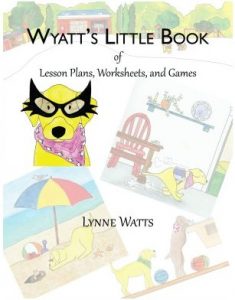Girls and Emotional Literacy
Girls and Emotional Literacy
It’s not just boys who have trouble with emotional literacy. While boys may have trouble recognizing emotions and expressing them in appropriate ways, girls are more likely to recognize and name emotions, but stuff negative feelings. Girls express positive emotions in an effort to please others but save expression of negative feelings for home or other safe environments. This means teachers may report girls are angels in the classroom while Mom and Dad are experiencing lots of drama at home. Girls are more likely than boys to have a need to please, a need to perform and a need for control. Each of these needs may show up through tantrums, perfectionism and anxiety. How do you teach girls to recognize, accept and cope with all of their emotions, both positive and negative? Here are three ways:
- Develop a relationship that encourages girls to share their real emotions. Learn to listen to girls and ask what is behind the anger, the drama or the seeming lack of empathy for others. Are they worried, sad or hurt? Is anger or indifference a mask for the true emotions that they feel they can’t share because it would make them too vulnerable? Introduce them to a feeling chart with a variety of emotions. Then use a scale of 1-10 to help them determine the degree of their emotion so they recognize that not all situations warrant the same degree of emotionality.
- Provide a safe environment where girls feel free to be themselves, warts and all. Help them understand that they are enough and valuable just as they are without a need to perform perfectly. Help her understand it’s okay to experience negative emotions and to make mistakes.
- Introduce her to positive role models. Start with yourself and be open about your own emotions and how you cope and manage them. If you don’t feel that you are a positive role model, then get to work on yourself! This is where girls are going to learn their most important lessons. Find opportunities for her to learn from both men and women who can provide important lessons in emotional literacy. In addition, use books, movies or other examples to demonstrate both positive and negative ways to handle emotions.
Helping girls to recognize and regulate emotions not only serves them well in the younger years but helps them develop skills they will need in their adult years.
Wyatt’s Little Book of Lesson Plans, Worksheets and Games
Just for you! Here are activities, lesson plans, discussion questions, coloring sheets, word search puzzles and games for each of the nine Wyatt the Wonder Dog Books. Over 75 pages of ideas so that you can create lessons on cooperation, teamwork and leadership skills to quickly extend and incorporate the Wyatt stories.

http://wyatthewonderdog.com/activitybook
